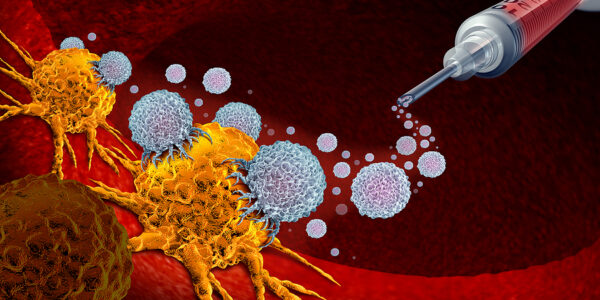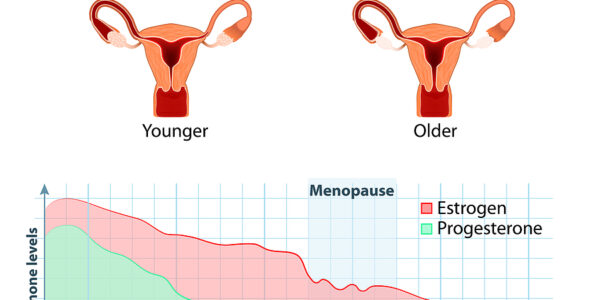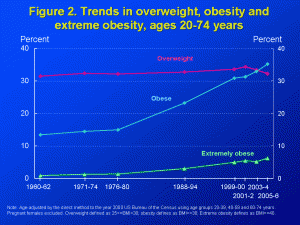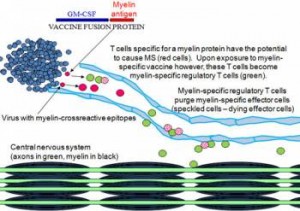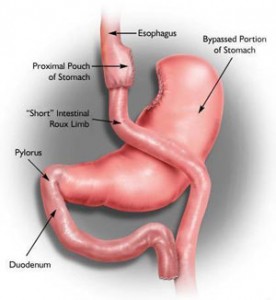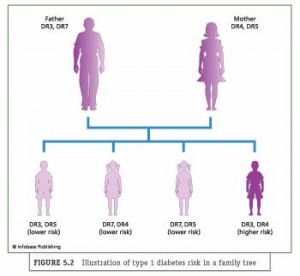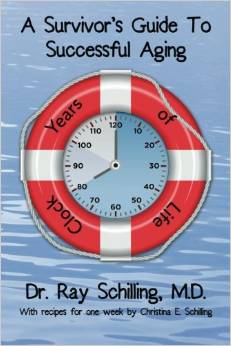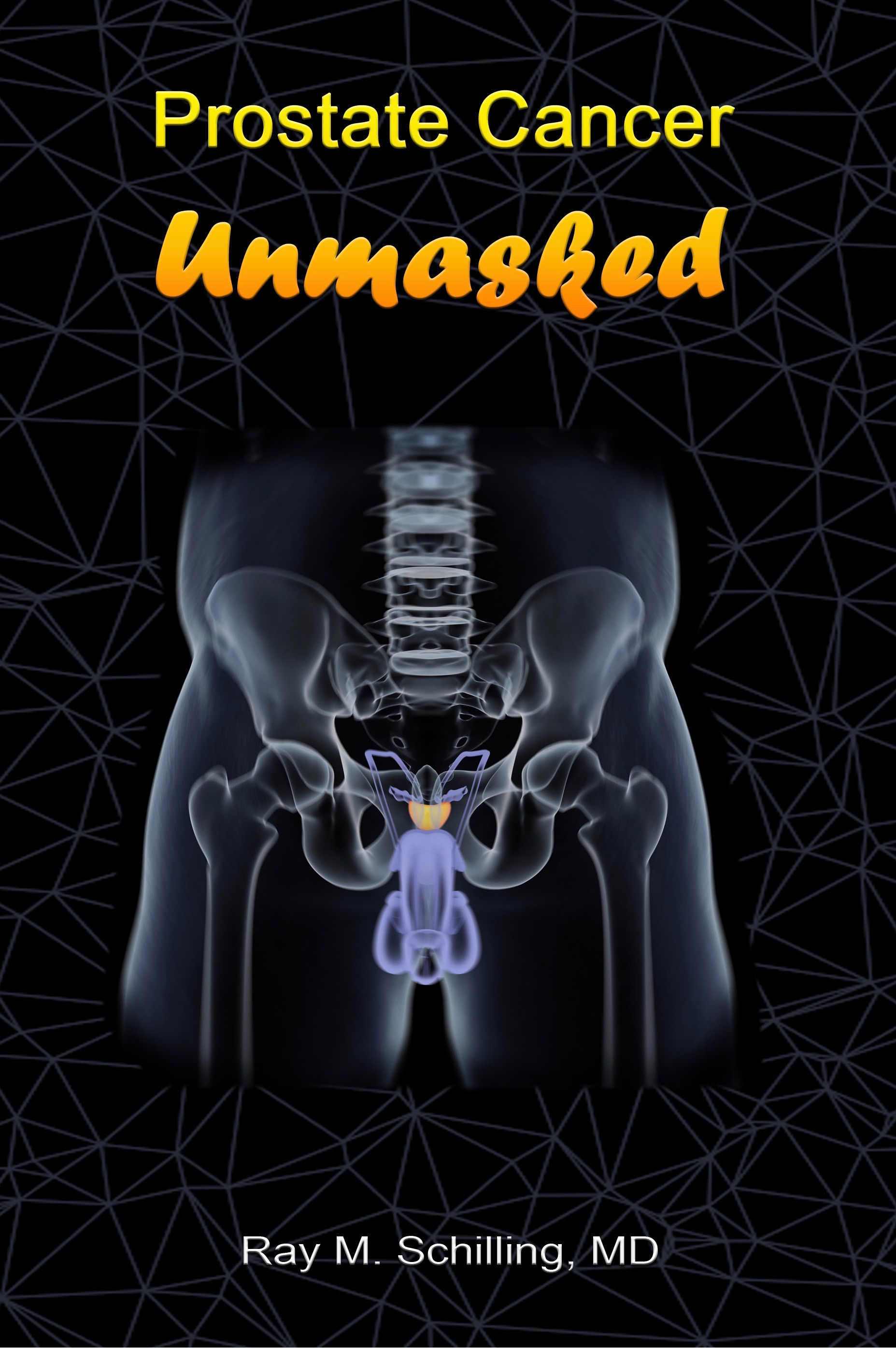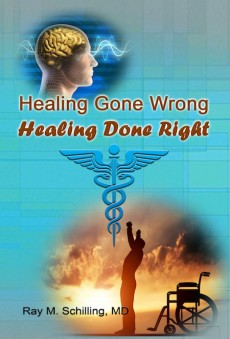Obstructive sleep apnea can have a significant impact on those who suffer from it. The condition is often ignored or dismissed with the comment that the sleeper is just “a bad snorer”. What will be alarming to a parent is the fact that children with the condition called “obstructive sleep apnea” stop breathing periodically throughout the night and snore very loudly. Another consequence may be a child who is chronically tired and as a result is doing poorly in school. Ron Mitchell, MD, professor of pediatric otolaryngology at St.Louis University likens the impact of obstructive sleep apnea on the quality of life to conditions similar to chronic asthma or rheumatoid arthritis. In normal weight children the condition stems from the enlargement of tonsils and adenoids, which can aggravate upper airway collapse during sleep. Obstructive sleep apnea affects boys and girls equally.
About 2% to 4% of children aged 4 to 6 have the condition, but Dr. Mitchell suspects that the number is probably higher, as parents don’t always recognize and report the problem.
For those children in whom sleep apnea is caused by the enlargement of tonsils and adenoids surgery, a tonsillectomy and adenoidectomy, provides dramatic relief. The study from St. Louis University found that it was successfully resolving sleep problems for 80% to 90% of affected children.
More information about adenoids: http://nethealthbook.com/ear-nose-and-throat-diseases-otolaryngology-ent/nose-problems/adenoids/
Reference: February 13, 2008 issue of The Laryngoscope
Last edited November 3, 2014
